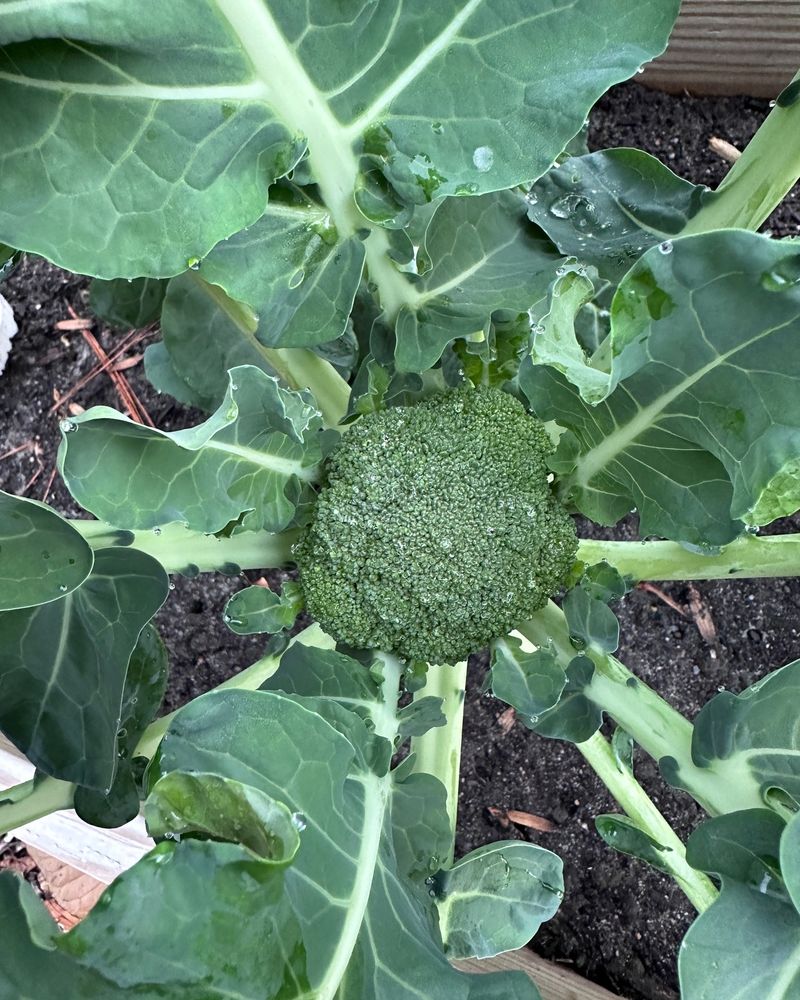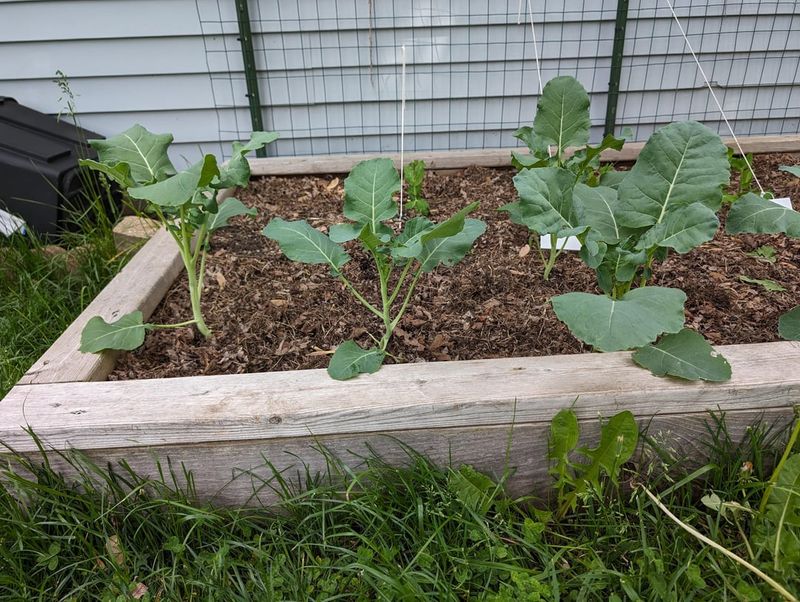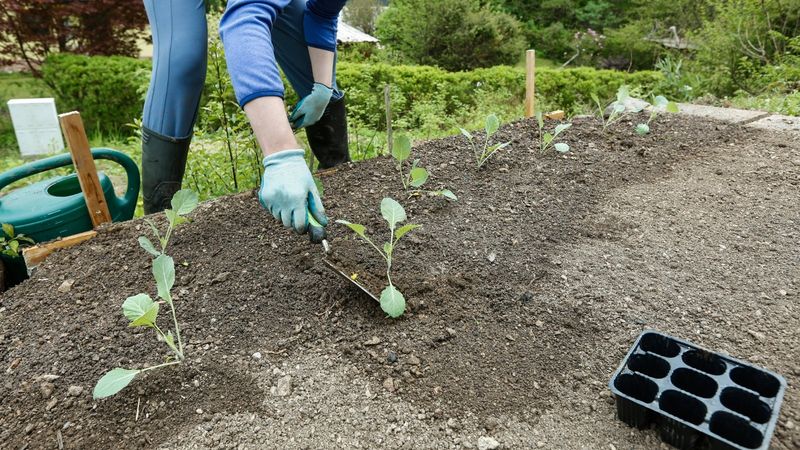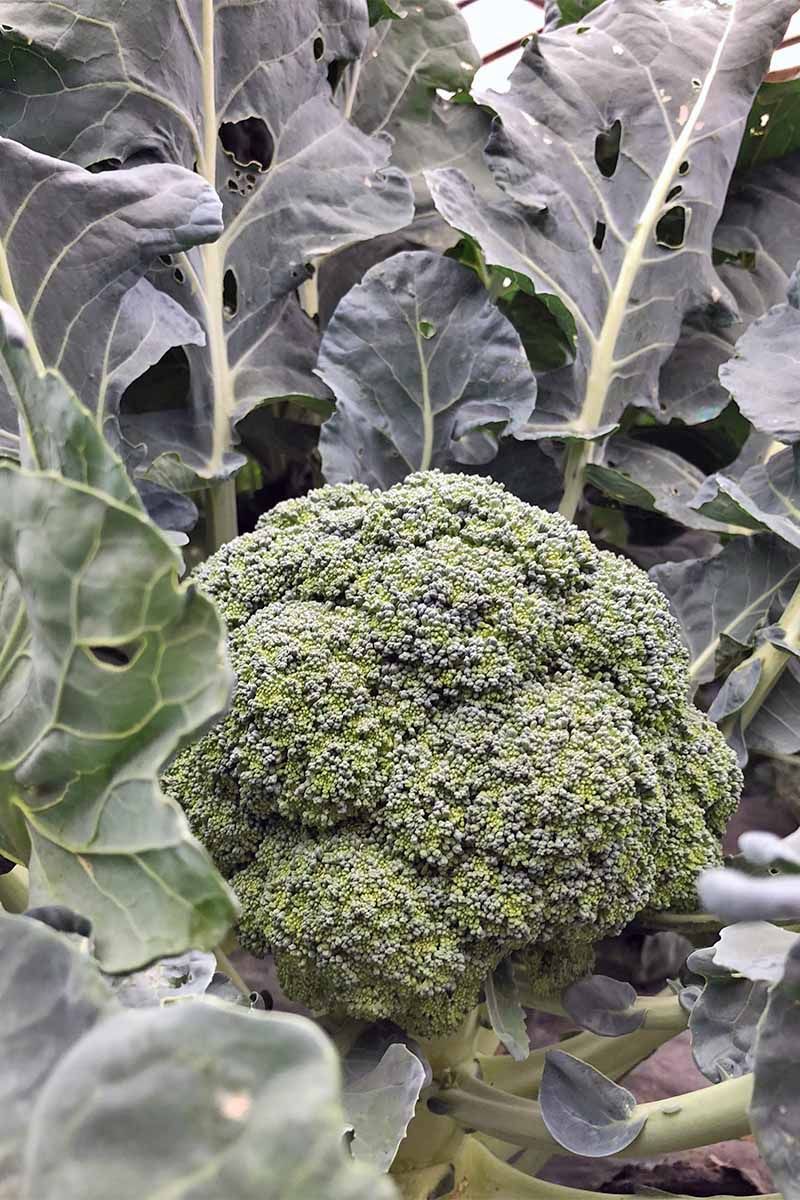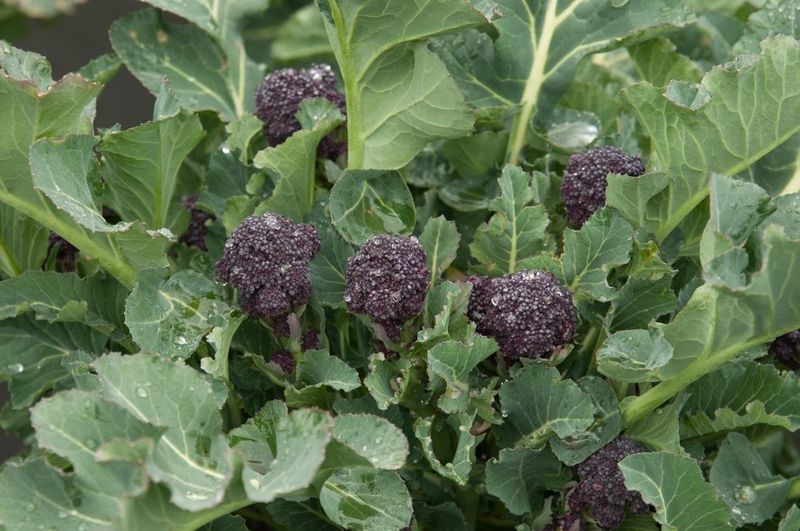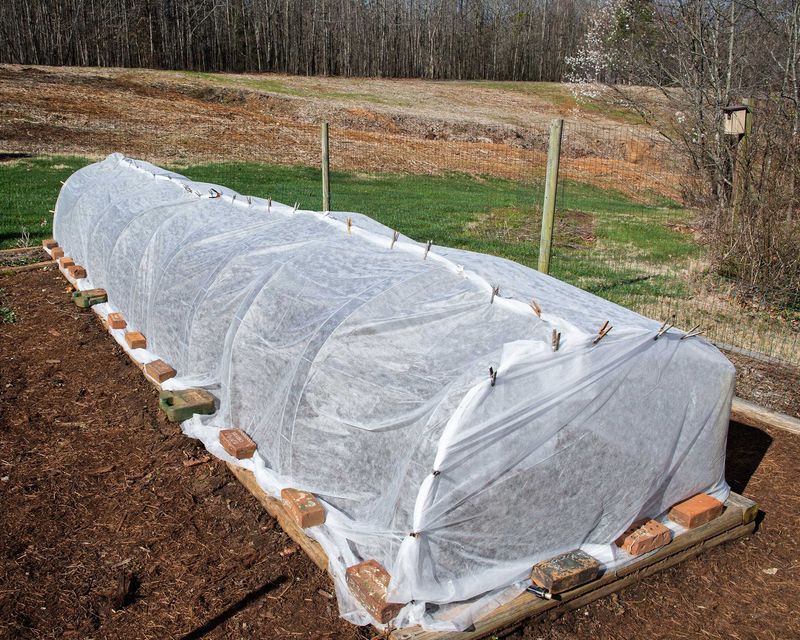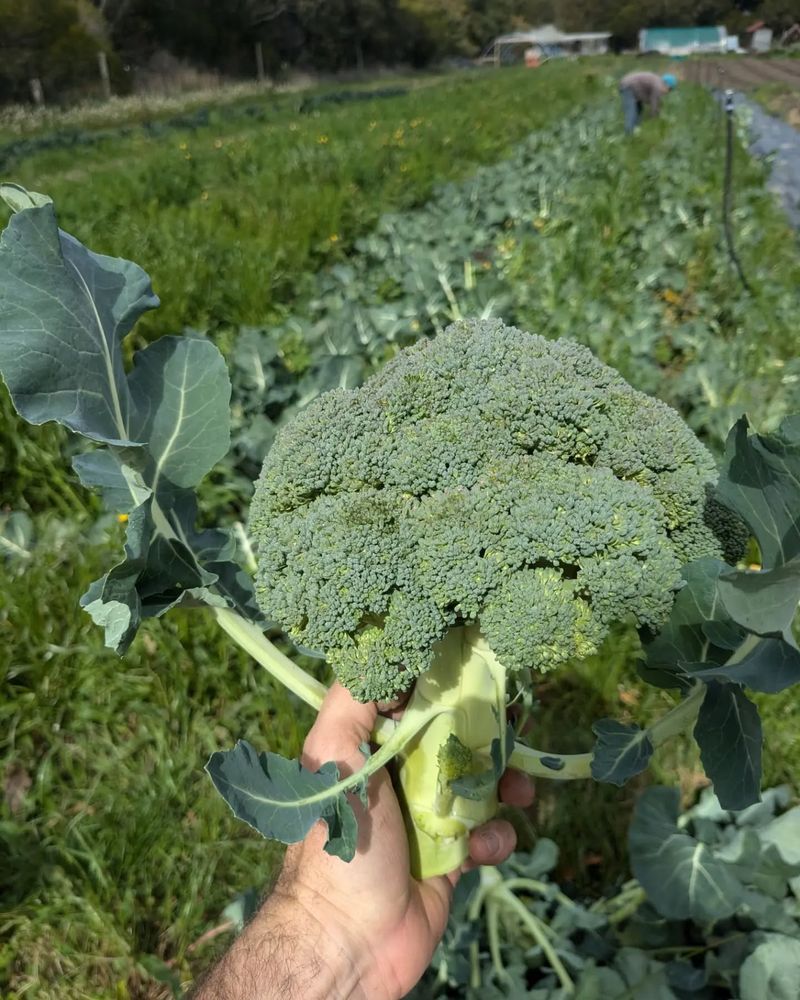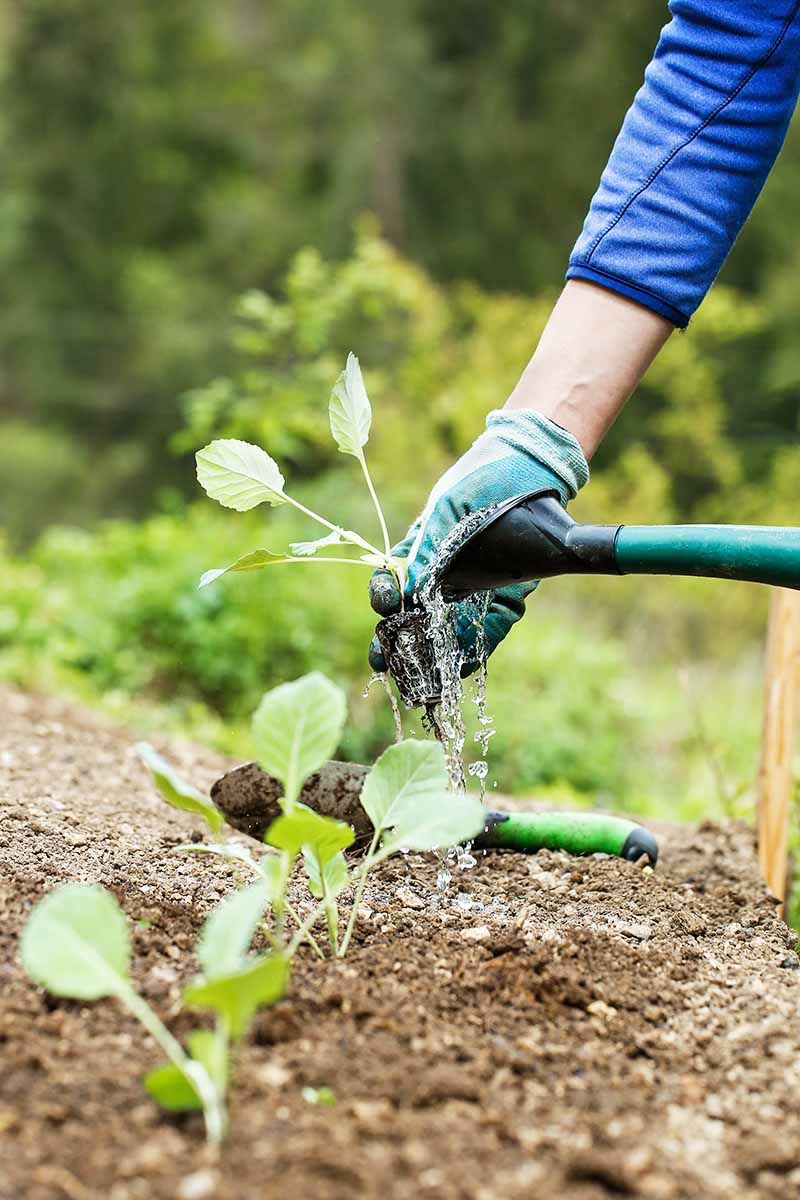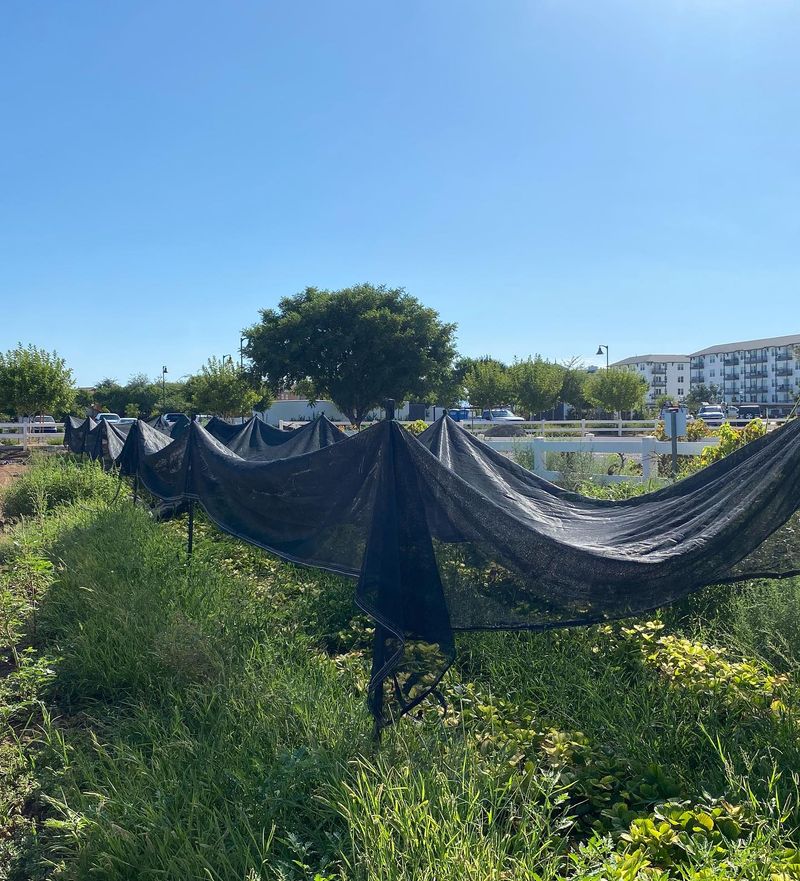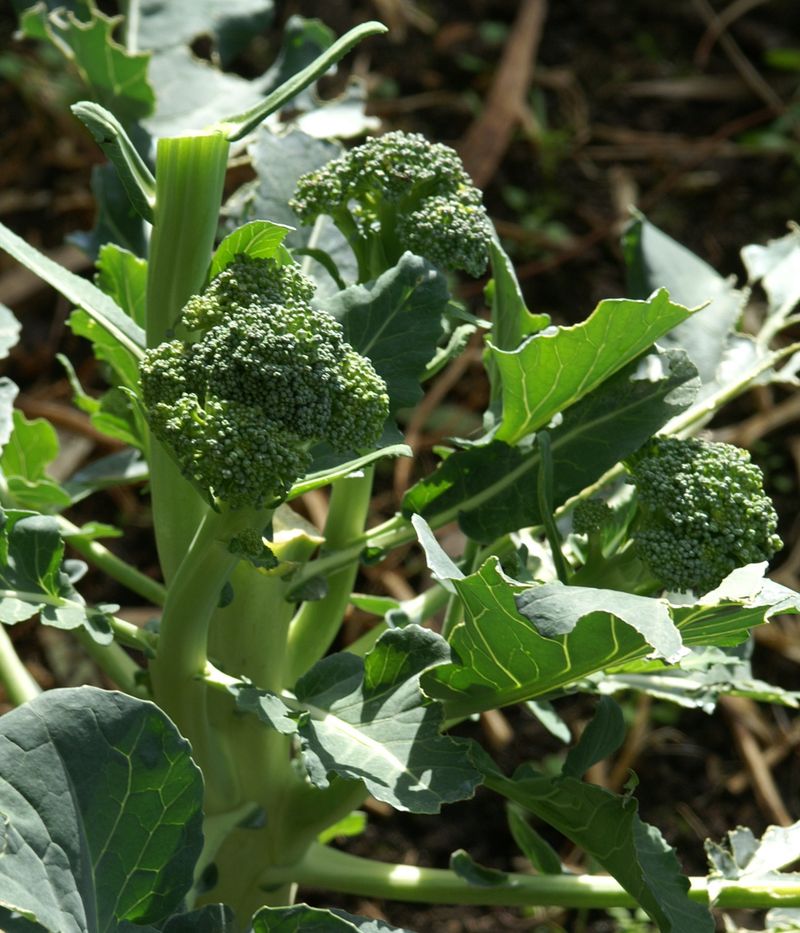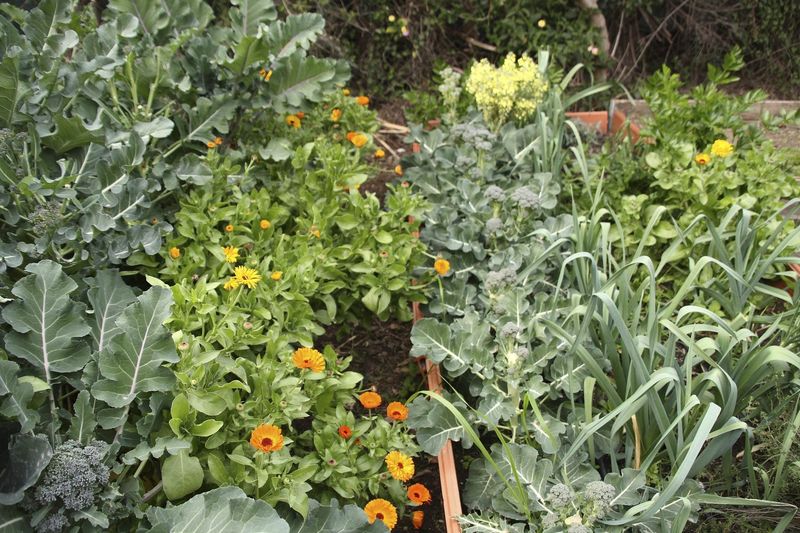Growing your own broccoli is one of those garden wins that just feels extra satisfying—especially when you cut into a big, tight, healthy head you nurtured yourself. I’ve had my fair share of disappointments too—floppy heads, tiny growth, or bolting before I even had a chance to harvest.
But over time, I’ve picked up a few simple tricks that really changed the game. It turns out broccoli isn’t as fussy as it seems—you just have to understand what it needs at the right time.
Whether you’re giving broccoli a try for the first time or you’ve grown it before with mixed results, these practical tips will help you get those big, beautiful heads you’ll be proud to show off.
1. Start With The Right Varieties
Not all broccoli varieties produce the same size heads. Calabrese types like ‘Premium Crop’ and ‘Green Magic’ naturally develop larger heads than many others.
I learned this after wasting a whole season on smaller varieties. The seed packet might not always advertise head size potential, so do some research beforehand.
My neighbor’s broccoli always outgrew mine until she shared her secret—she specifically chose varieties bred for large head production. Since switching to these varieties, my harvests have doubled in size.
2. Time Your Planting Strategically
Broccoli thrives in cool weather but needs enough time to mature before extreme temperatures hit. Fall crops often produce larger heads since they mature during cooling temperatures rather than warming ones.
Spring plantings work too, but timing is crucial. I plant my spring broccoli as soon as soil can be worked, giving plants maximum cool weather growing time.
My biggest mistake was waiting until May to plant my spring crop. The plants grew beautifully at first but produced tiny heads when summer heat arrived. Cool weather during head formation is the secret to massive broccoli.
3. Give Them Plenty Of Space
Overcrowding is the enemy of large broccoli heads. When plants compete for nutrients and sunlight, they all produce smaller heads.
I space my broccoli plants at least 18-24 inches apart in all directions. This might seem excessive when they’re tiny seedlings, but they’ll grow into substantial plants that need room to spread their large leaves.
The year I tried to maximize my garden by planting broccoli 12 inches apart, I harvested heads half the size of properly spaced plants. That extra space translates directly into bigger heads and better air circulation.
4. Prepare Soil With Extra Phosphorus
Broccoli is a heavy feeder, particularly loving phosphorus for head development. Before planting, I mix bone meal or rock phosphate into my soil—a trick my grandfather taught me that makes a noticeable difference.
The first year I tried this approach, my broccoli heads were nearly twice their usual size. The phosphorus supports root development and flowering, which directly impacts head formation.
A soil test can confirm what your garden needs, but I’ve found most soils benefit from phosphorus supplementation specifically for broccoli. Just don’t overdo it, as too much can block other nutrient absorption.
5. Focus On Root Health Early On
Strong roots build strong plants. I learned to stimulate root growth in the first few weeks after transplanting by watering with a diluted seaweed solution. This encourages roots to spread widely through the soil.
Another trick is to water deeply but infrequently, which forces roots to grow downward searching for moisture. Shallow-rooted broccoli plants simply can’t support massive heads.
A gardening friend taught me to gently loosen soil around young plants (without disturbing roots) to ensure it’s not compacted. Since implementing these root-focused strategies, my broccoli has developed noticeably larger, more uniform heads.
6. Mulch To Maintain Consistent Soil Moisture
Broccoli despises inconsistent watering. Periods of drought followed by heavy watering cause stress that reduces head size dramatically. A thick layer of organic mulch solves this problem elegantly.
I apply 2-3 inches of straw or shredded leaves around my broccoli plants once they’re established. This keeps soil moisture levels steady and suppresses weeds that would compete for nutrients.
The difference became clear during last summer’s heat wave. My mulched broccoli produced heads nearly double the size of my neighbor’s unmulched plants, despite receiving the same amount of water. The mulch also keeps soil temperatures cooler during warm spells.
7. Implement A Steady Feeding Schedule
Beyond initial soil preparation, broccoli benefits from regular feeding throughout its growth cycle. I apply a balanced organic fertilizer every 3-4 weeks, switching to one higher in phosphorus when heads begin forming.
Fish emulsion works wonderfully as a supplemental feed between regular fertilizing. I dilute it according to package directions and apply it every two weeks for an extra boost.
My neighbor wondered why her broccoli stayed small despite proper spacing and watering. The missing element was consistent nutrition. After implementing my feeding schedule, her next crop produced heads nearly twice the size of previous harvests.
8. Keep A Close Eye On Soil PH
Broccoli performs best in slightly acidic to neutral soil with a pH between 6.0 and 7.0. Outside this range, nutrient uptake becomes inefficient, directly impacting head size.
I test my soil each season using an inexpensive kit from the garden center. When my soil tested too acidic at 5.5, I added garden lime to bring it up to the ideal range.
The following season, my broccoli heads were noticeably larger with no other changes to my growing methods. For soil that’s too alkaline, adding organic matter like peat moss or pine needles helps lower pH gradually. This simple soil adjustment often makes the biggest difference in head size.
9. Provide Wind Protection
Broccoli plants with large leaves catch the wind like sails. Excessive wind stress diverts energy away from head formation to stem strengthening. I learned this after losing a promising crop to wind damage.
Now I create windbreaks using row covers, temporary fencing, or by planting broccoli near structures that block prevailing winds. Even strategically placed taller plants can serve as natural windbreaks.
My east-facing garden bed consistently produces larger broccoli heads than my exposed west-facing bed, despite identical soil and care. The house protects the east bed from our strong afternoon winds, allowing plants to dedicate more energy to head development.
10. Stay Vigilant Against Pests
Pest damage stresses plants and reduces their ability to produce large heads. Cabbage worms and aphids particularly love broccoli. I check the undersides of leaves twice weekly during growing season.
For organic control, I use floating row covers during peak insect seasons and remove them during flowering for pollinator access. A simple spray of mild soap solution controls aphids when caught early.
My sister couldn’t figure out why her broccoli heads remained small until we discovered a cabbage worm infestation. The plants were using energy to recover from damage rather than developing heads. After implementing regular pest checks, her next crop produced impressively large heads.
11. Harvest At The Perfect Moment
Timing your harvest significantly impacts head size. Many gardeners pick too early, missing out on potential growth. The ideal time is when the head is fully formed but before the tiny buds start to separate or show yellow flowers.
I monitor my broccoli heads daily once they begin forming. The heads can expand dramatically in just 2-3 days during peak growing conditions. Morning harvesting also gives you the most turgid, crisp heads.
Last season, I experimented by harvesting one plant early and letting its identical neighbor grow three more days. The difference was remarkable—the patient approach yielded a head nearly 30% larger with no sacrifice in quality.
12. Water Deeply But Avoid Wet Leaves
Broccoli needs consistent moisture to develop large heads, but wet foliage invites disease. I water only at the base of plants, keeping leaves dry. Soaker hoses work perfectly for this approach.
Deep watering encourages roots to grow downward rather than spreading shallow. I give my broccoli a good soaking twice weekly rather than frequent light sprinklings. This approach develops stronger plants capable of supporting massive heads.
After switching from overhead watering to this targeted method, I noticed an immediate improvement in plant health and a 25% increase in head size. The plants also showed better resistance to heat stress during unexpected warm spells.
13. Provide Afternoon Shade In Warm Climates
Broccoli struggles during hot weather, often producing small, loose heads when temperatures rise. I discovered the power of afternoon shade while growing near a fence that cast shadows after 2pm. Those plants outperformed all others.
Now I intentionally create shade using shade cloth that blocks 30-40% of sunlight during warm periods. Some gardeners plant tall crops like corn or sunflowers on the western side of broccoli beds for natural afternoon shading.
My friend in Arizona thought growing broccoli was impossible until implementing this technique. She now grows impressive heads by providing shade during the hottest part of the day, extending her growing season by weeks.
14. Remove Lower Leaves Strategically
Removing a few lower leaves as the plant matures directs more energy to head development. I remove yellowing bottom leaves and a few healthy lower leaves once the head begins forming. This improves air circulation and reduces disease risk too.
Don’t go overboard—plants need their leaves for photosynthesis. I remove no more than 20% of total leaves, focusing on those that look unhealthy or that touch the soil.
The first time I tried this technique, I was skeptical. But the results were undeniable—plants with strategic leaf removal produced heads about 15% larger than those left untouched. It seems counterintuitive, but it works remarkably well.
15. Grow Companions That Deter Pests
Certain companion plants naturally repel broccoli pests while improving growing conditions. I interplant aromatic herbs like dill, rosemary, and thyme around my broccoli beds. Their strong scents confuse insects that would otherwise attack my broccoli.
Nasturtiums act as trap crops, drawing aphids away from broccoli. Onions and garlic planted nearby help deter cabbage moths with their sulfur compounds.
My most successful broccoli bed includes a border of marigolds and intermittent dill plants. This combination has reduced pest problems by about 70% compared to my broccoli-only beds. With less pest stress, the plants produce significantly larger, healthier heads without any chemical interventions.



